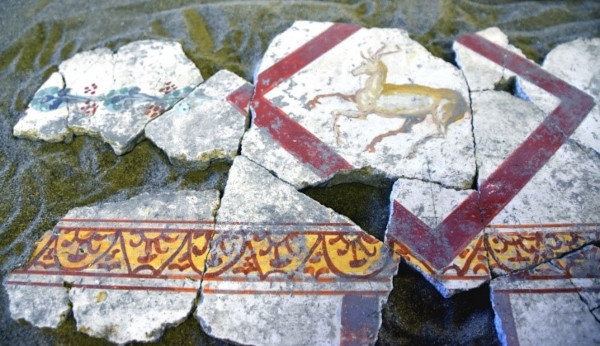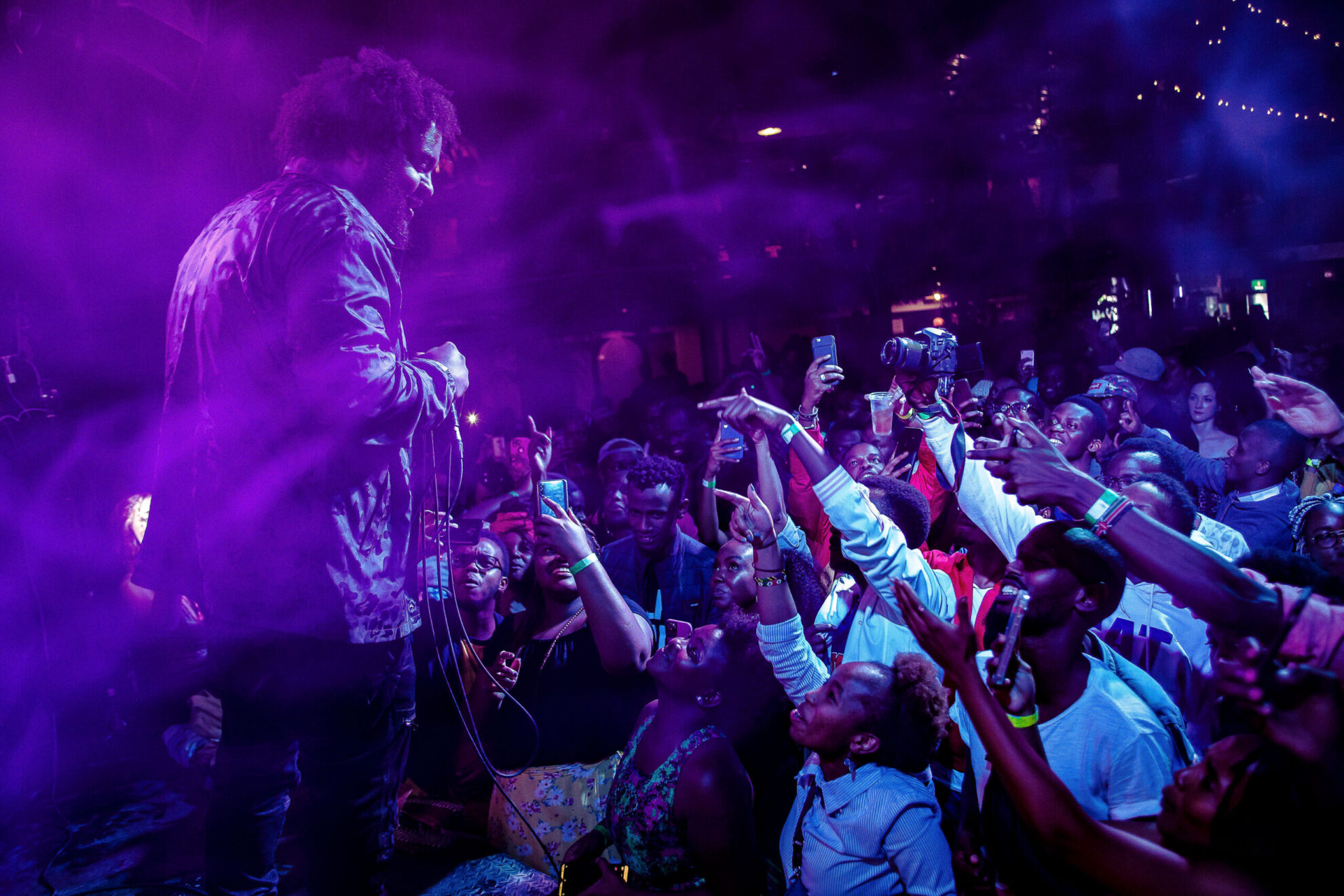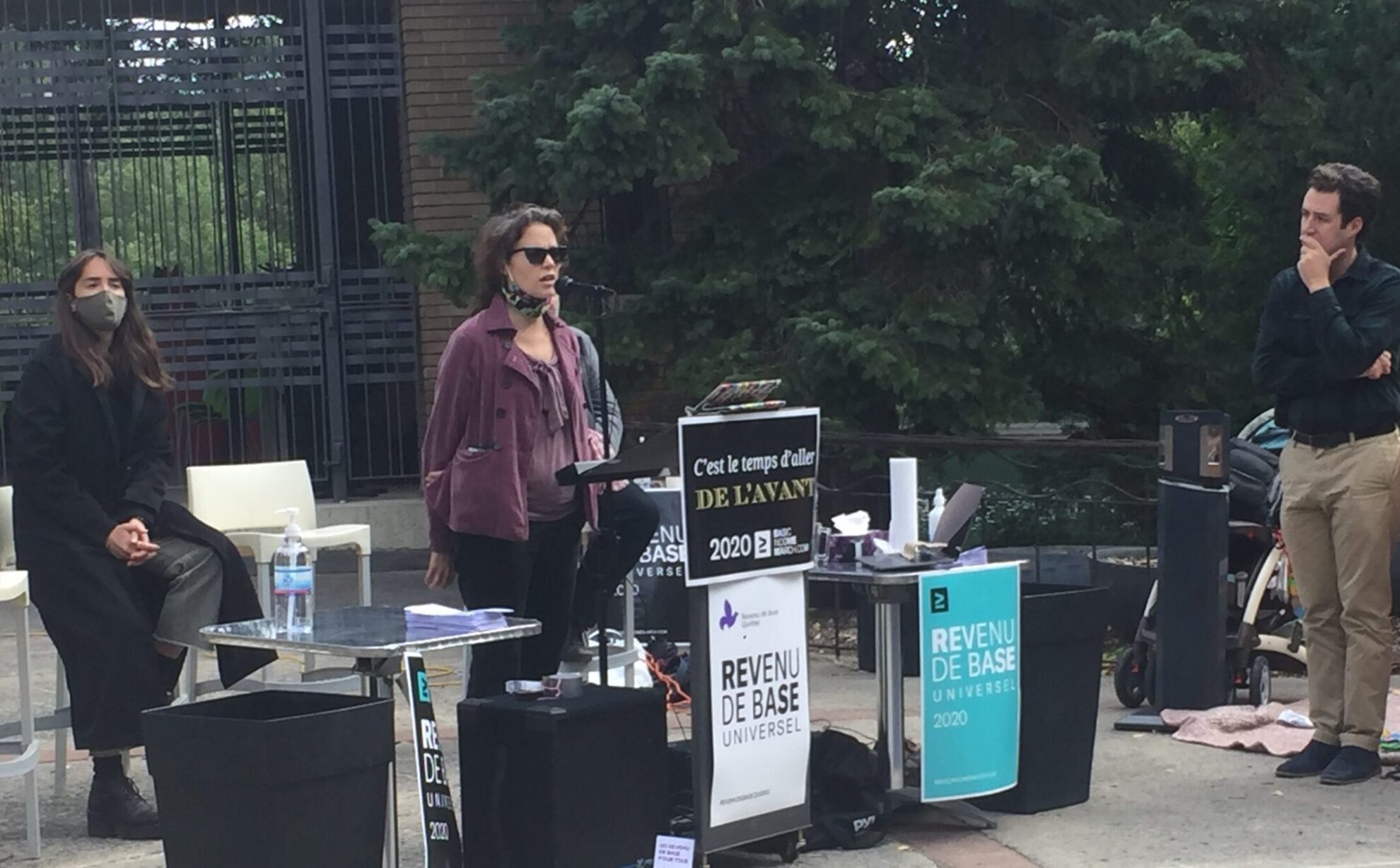Cutting-edge technology using robots and AI is helping researchers at Italy’s archeological park of Pompeii to reveal more about the ancient city’s past. The pioneering RePAIR project — an acronym for Reconstructing the Past: Artificial Intelligence and Robotics meet Cultural Heritage — began on September 1. It aims to use robotic assistance to reassemble thousands of archeological fragments.
Robots Tackle Pompeii’s Puzzles
As the archeological park said in a press release, “State-of-the-art technology will, for the first time, be employed in the physical reconstruction of archaeological artefacts, which are mostly fragmentary and difficult to reassemble”. The park likened these fragments to “pieces of a puzzle”, currently occupying several layers of shelving in a repository.

A Challenge Beyond Human Capabilities
As Director of the Archaeological Park of Pompeii Gabriel Zuchtriegel explained in a statement, finds such as amphorae, frescoes and mosaics usually come to light in a fragmentary state. Most of the time, they are only partially intact or have sections missing. “When the number of fragments is very great, with thousands of pieces, a manual reconstruction and understanding of the connections between the fragments is almost always impossible or else very laborious and slow,” he added. “As a result, various finds spend a long time lying in archaeological warehouses, unable to be reconstructed and restored, let alone to be returned to public view.”
Now, however, this could begin to change. “With the aid of robotics, digitisation and artificial intelligence, the RePAIR project […] seeks to solve an age-old problem,” said Zuchtriegel. The first broken artifacts undergoing reconstruction in the RePAIR project come from two locations. These are the House of the Painters at Work and the Schola Armaturarum.


According to the press release, the robotic infrastructure is “equipped with mechanical arms capable of scanning the fragments, recognising them via a 3D digitisation system, and then placing each one in the correct position”. As such, while the robot scans and recognizes the shards, the precision mechanical arms and hands manipulate and move them with the aid of highly advanced sensors that are able to avoid causing the slightest damage to the artifacts.
Fragmented Frescoes
The first remnants undergoing reassembly are fragments of ancient frescoes. They come from the ceiling of the House of the Painters at Work in the Insula of the Chaste Lovers. These have suffered considerable damage. This occurred during the eruption of Vesuvius in AD 79 that submerged the city. But bombings during the Second World War also devastated the building. Both of these episodes caused serious damage to the entirety of the rich fresco decoration. It once included stucco cornices and a painting on the vault. However, the eruption and bombing reduced the decoration to thousands of fragments some the size of a coin. They had therefore been languishing on shelves in the storeroom for decades.
Now, the RePAIR project led by a team of experts from the University of Lausanne hopes to revive the frescoes. They are analyzing the various morphological, stylistic and technical aspects of the fragments in order to reassemble them.


The second case study is focusing on fresco fragments from the Schola Armaturarum. These occurred as a result of the collapse of the building in 2010. Archeologists had not yet been able to put all the shards back into place.
“From the scientific and technological point of view, the project raises important challenges, and to address them we will use the most advanced techniques in the field of artificial intelligence, artificial vision and robotics,” said Professor Marcello Pelillo, coordinator of the project and Professor of Artificial Intelligence at the Ca’ Foscari University of Venice. It is therefore an important example of how interdisciplinary projects combining ultra-modern scientific technology with archeological study can assist the conservation of cultural heritage.




